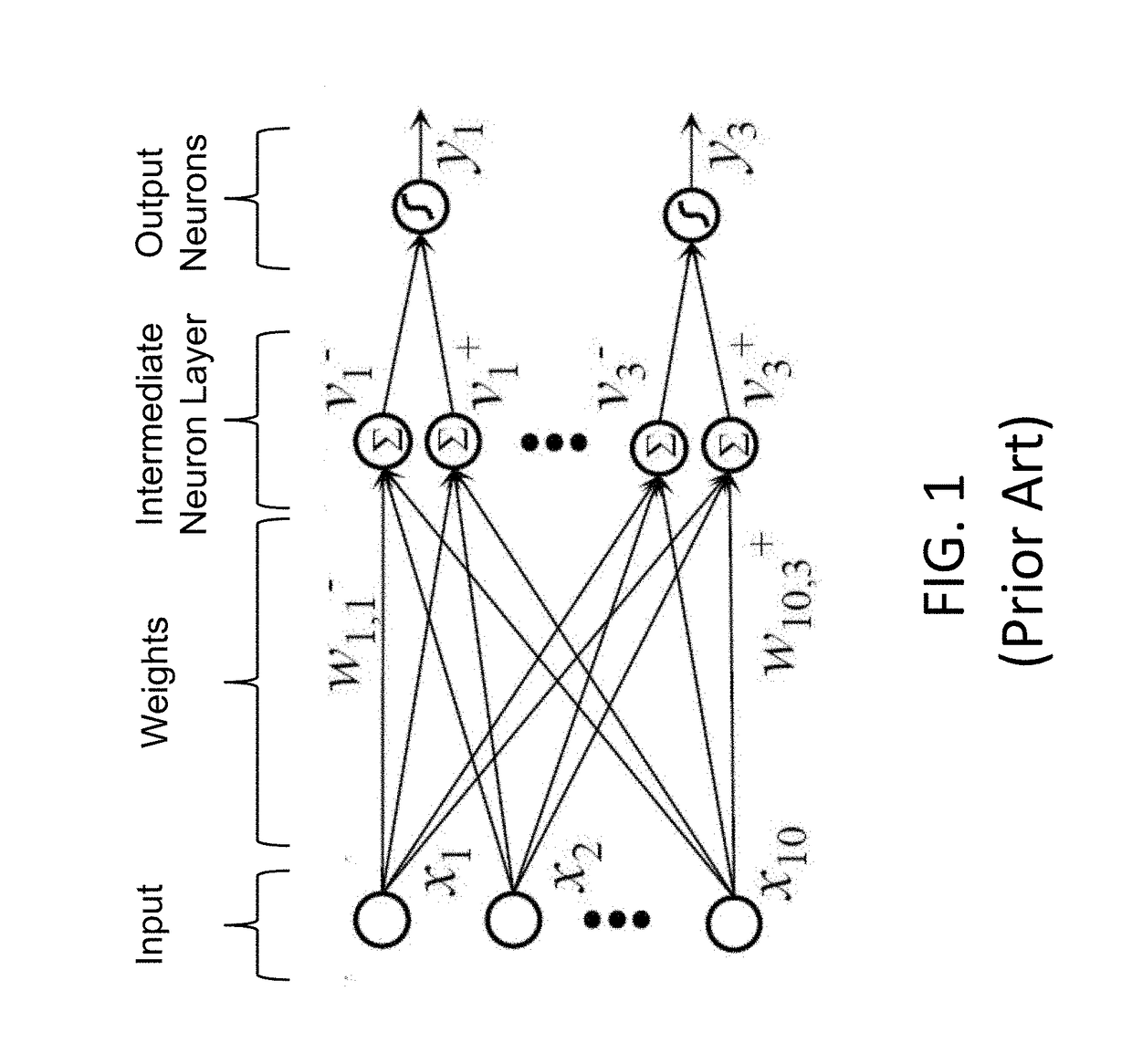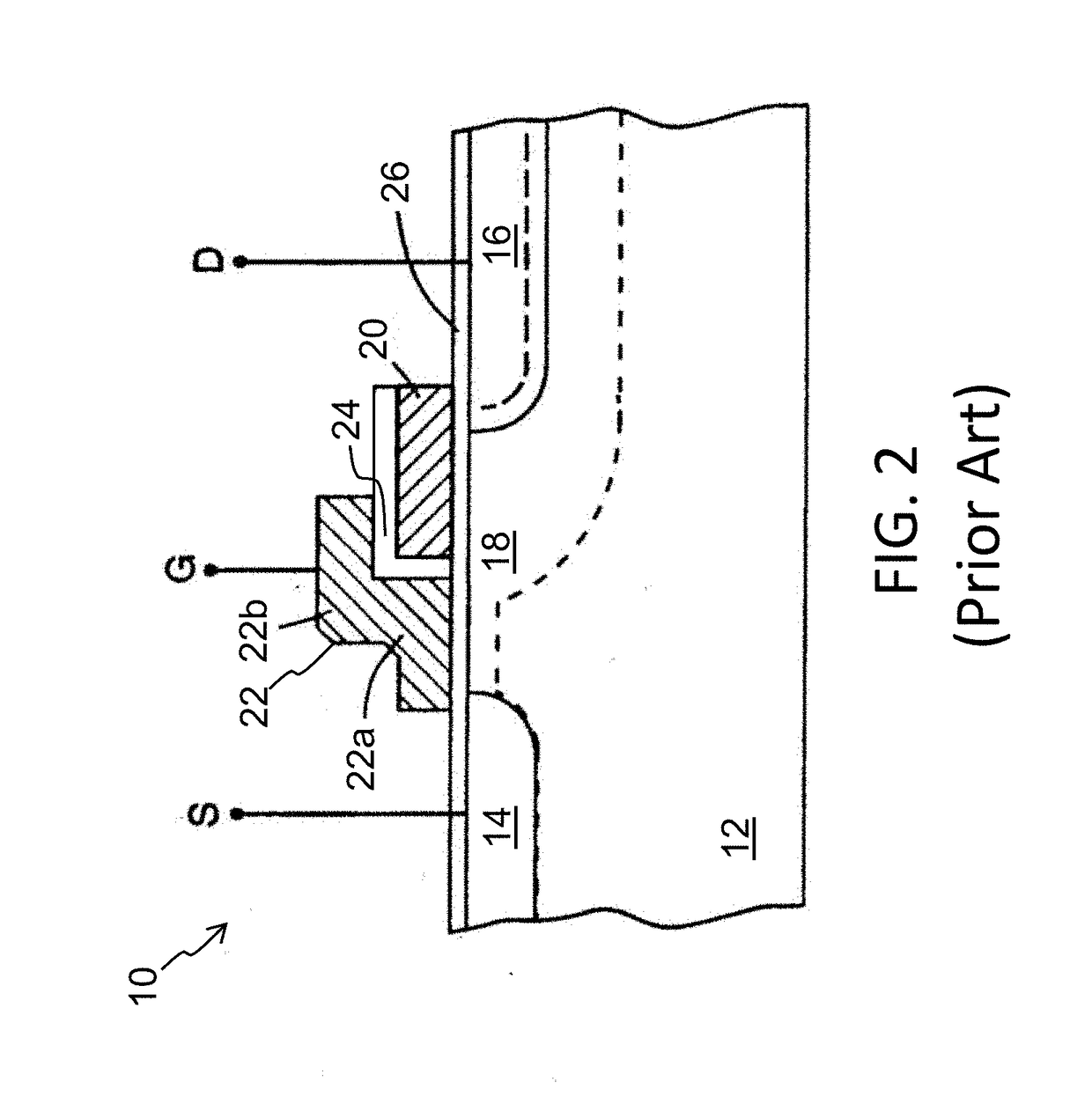Deep Learning Neural Network Classifier Using Non-volatile Memory Array
a neural network and non-volatile memory technology, applied in the field of neural networks, can solve the problems of cmos-implemented synapses that are too bulky, lack of adequate hardware technology, and mediocre energy efficiency
- Summary
- Abstract
- Description
- Claims
- Application Information
AI Technical Summary
Benefits of technology
Problems solved by technology
Method used
Image
Examples
Embodiment Construction
[0039]The artificial neural networks of the present invention utilize a combination of CMOS technology and non-volatile memory arrays. Digital non-volatile memories are well known. For example, U.S. Pat. No. 5,029,130 (“the '130 patent”) discloses an array of split gate non-volatile memory cells, and is incorporated herein by reference for all purposes. The memory cell is shown in FIG. 2. Each memory cell 10 includes source and drain regions 14 / 16 formed in a semiconductor substrate 12, with a channel region 18 there between. A floating gate 20 is formed over and insulated from (and controls the conductivity of) a first portion of the channel region 18, and over a portion of the drain region 16. A control gate 22 has a first portion 22a that is disposed over and insulated from (and controls the conductivity of) a second portion of the channel region 18, and a second portion 22b that extends up and over the floating gate 20. The floating gate 20 and control gate 22 are insulated from...
PUM
 Login to View More
Login to View More Abstract
Description
Claims
Application Information
 Login to View More
Login to View More - R&D
- Intellectual Property
- Life Sciences
- Materials
- Tech Scout
- Unparalleled Data Quality
- Higher Quality Content
- 60% Fewer Hallucinations
Browse by: Latest US Patents, China's latest patents, Technical Efficacy Thesaurus, Application Domain, Technology Topic, Popular Technical Reports.
© 2025 PatSnap. All rights reserved.Legal|Privacy policy|Modern Slavery Act Transparency Statement|Sitemap|About US| Contact US: help@patsnap.com



